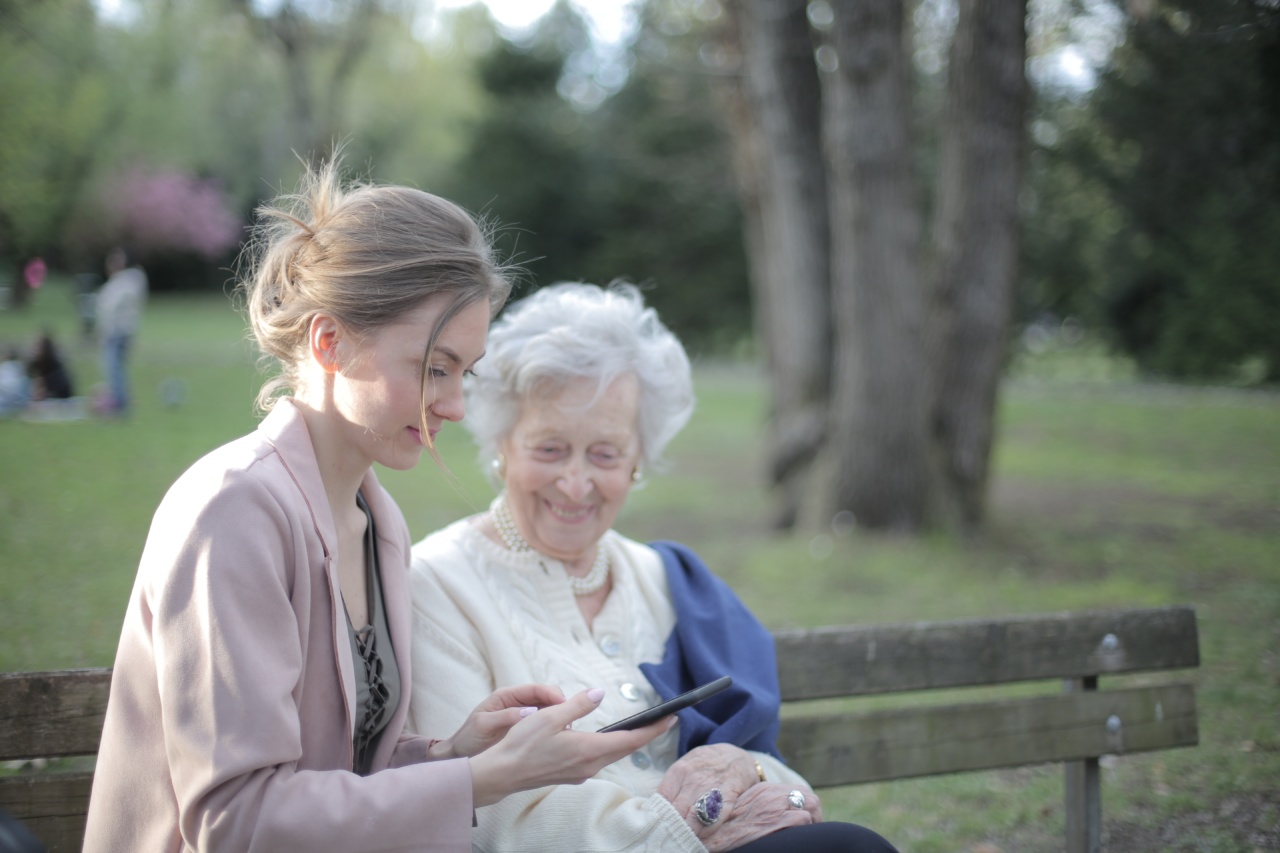As a parent, one of your primary responsibilities is to prepare your child for adulthood. Part of that preparation includes teaching them how to drive and park. The ability to park well is essential for safe and efficient driving.
However, some adults still struggle with parking. That’s why it’s vital to start teaching your child how to park from a young age. Here are some tips to help your child become self-sufficient in parking:.
1. Start with the basics
Before your child can become a parking pro, they need to understand the basics of driving. For instance, your child should know how to:.
- Start the car and put it into gear
- Accelerate and brake smoothly
- Turn the car to the left and right
- Obey traffic laws and signals
Ensure that they have a firm grasp of these basics before moving on to parking.
2. Teach the different types of parking
There are several types of parking your child needs to know, including:.
- Parallel parking
- Perpendicular parking (also known as straight-in parking)
- Angle parking (also known as diagonal parking)
- Back-in parking
Explain to your child the differences between these types of parking and when they are appropriate. For example, parallel parking is necessary when parking on a busy street, while angle parking is more common in parking lots.
3. Take them to a parking lot
Once your child understands the basic principles of driving and parking, it’s time to take them to a parking lot. An empty lot makes a perfect place to practice different parking techniques.
Start with the easiest type of parking, which is perpendicular parking, and work your way up to more complex maneuvers like parallel parking.
Take things slow and encourage your child. Remember, it’s okay to make mistakes! You’re there to guide them and help them learn.
4. Demonstrate visually
Children learn best when you show them how to do something. Demonstrate each type of parking visually so that your child can see how it’s done. Use cones or other markers to outline the parking spot, and walk through each step with your child.
Visual aids help your child understand the proper technique and reinforce the importance of accuracy and attention to detail.
5. Use games and simulations
Another fun way to teach your child how to park is through games and simulations. Nowadays, there are many parking games available online, on consoles, or on mobile phones.
Playing fun games helps your child engage with the learning process, and it helps them retain information better.
6. Make it fun
Learning how to park can be stressful, so it’s important to make the experience as fun as possible. Praise your child for their progress, and reward them after each successful parking attempt.
You could give them a treat, take them to their favorite restaurant, or buy them a small gift.
Making parking fun takes the pressure off your child and helps them develop a positive association with the learning process.
7. Gradually increase the difficulty level
Once your child has mastered one type of parking, move on to the next more challenging one. This way, they’ll continuously improve their skills and build confidence in their parking ability.
As your child progresses, you could also introduce obstacles into the parking lot, such as cones or other cars, to further challenge their skills.
8. Repeat until it becomes second-nature
Like any skill, practice makes perfect. Ensure that your child practices parking consistently to become self-sufficient at it.
Repeating each type of parking until it becomes second-nature is key to ensuring that your child can park successfully under any circumstances.
9. Teach them to be patient and observant
Teach your child to be patient and observant when parking. Remind them to check for cars and pedestrians before parking and to wait for other drivers to pass before starting a parking maneuver.
Patience and observation are critical to avoid accidents while parking and to develop sound parking habits over time.
10. Be a role model
As a parent, your child looks up to you as a role model. Therefore, it’s essential to be a good example when it comes to parking. Your child will learn more from your actions than from your words.
Show your child how to park correctly by parking your car correctly and responsibly. Use proper signaling when turning, and never park in a handicapped or no-parking spot.
Being a role model for your child reinforces the importance of good driving and parking habits.
In conclusion, teaching your child how to become self-sufficient in parking is not only an important life skill, but it also instills a sense of responsibility and confidence in them.
Use the tips above to help your child become competent and confident when it comes to parking their car.






























